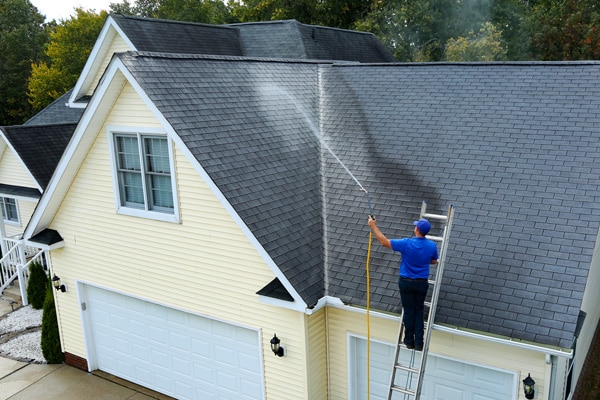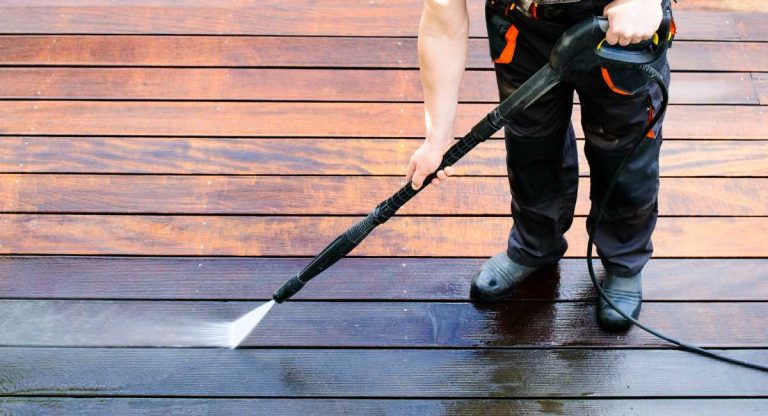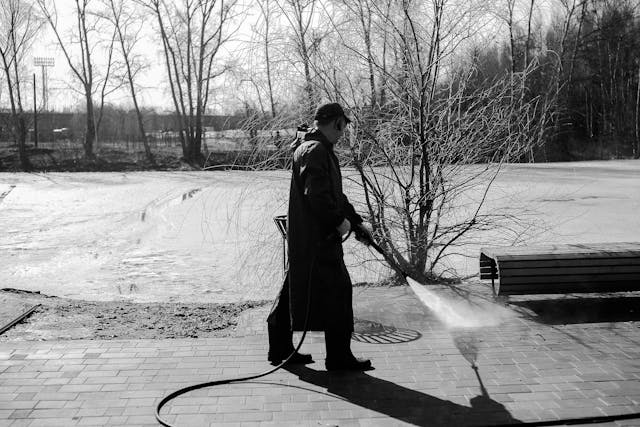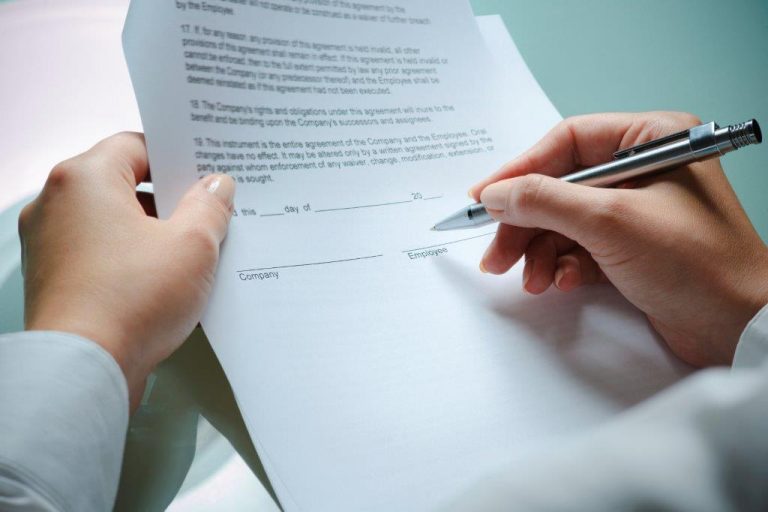
Not all grime is created equal — and not all cleaning methods are either. If you’re planning to hire a pressure washing service, you’ve probably heard the terms “soft washing” and “power washing.” But what do they actually mean, and which is right for your home? 🤔
Let’s break down the differences and help you decide what to ask for when calling a pro.
💦 What Is Power Washing?
Power washing uses high-pressure water — often between 2,000 and 4,000 PSI — to blast away dirt, grime, mildew, and other surface contaminants. It’s best suited for:
- Concrete driveways
- Brick or stone patios
- Sidewalks and curbs
- Metal fences and railings
- Parking lots
Think of power washing as the “muscle” of the cleaning world. 💪
But that strength can also be a drawback. High pressure can damage more delicate materials like siding, shingles, or wood decking if used incorrectly.
Browse Amazon Here For Top Rated Power Washers And Accessories
🫧 What Is Soft Washing?
Soft washing is a gentler approach that uses low-pressure water (500 PSI or less) combined with specialized detergents and cleaning solutions. It’s designed to kill and remove organic growth like algae, mildew, mold, and bacteria — not just wash it away.
Soft washing is ideal for:
- Roofs (especially asphalt shingles)
- Vinyl siding
- Painted wood or composite siding
- Stucco
- Screens, windows, and outdoor furniture
This method is about treating surfaces safely and effectively — especially when dealing with fragile materials.
Browse Amazon Here For Soft Washing Equipment And Accessories
🧪 The Role of Chemicals
One of the key differences between the two methods is how they rely on cleaning agents:
- Power washing often relies on force alone
- Soft washing relies on solutions like sodium hypochlorite, surfactants, and water
These chemicals break down grime and kill bacteria, which is why soft washing is so effective on moldy or algae-covered surfaces. 🌱
⚖️ Soft Wash vs. Power Wash: Quick Comparison
| Feature | Power Washing 💥 | Soft Washing 🫧 |
|---|---|---|
| Pressure | High (2,000–4,000 PSI) | Low (under 500 PSI) |
| Cleaning Agent | Optional | Essential |
| Surfaces | Hard surfaces only | Delicate & painted surfaces |
| Risk of Damage | Higher | Minimal |
| Long-Term Results | May regrow mold | Kills spores/algae |
🚫 When NOT to Use Power Washing
Some people assume high pressure = better results. But using the wrong method can lead to:
- Stripped paint
- Damaged wood grain
- Cracked stucco
- Loosened siding
- Water intrusion into walls
These repairs cost far more than a proper cleaning job. 😳
🏠 When to Ask for Soft Washing
Soft washing is your best bet if:
- You’re cleaning your roof
- Your siding is painted or old
- You’ve got mold or mildew buildup
- You’re washing wood, stucco, or vinyl
- You want to avoid any surface damage
🤝 Many Pros Use Both
In many cases, professionals will use a combination of both methods on the same job:
- Power wash the driveway and sidewalks
- Soft wash the roof and siding
- Rinse everything clean with care
The best contractors will inspect your property and explain which areas need soft or high pressure. They should also be willing to tell you why they recommend one over the other.
📞 What to Ask When Calling a Contractor
When you’re requesting a quote, ask:
- Do you offer both pressure and soft washing?
- How do you decide which method to use?
- What surfaces do you recommend soft washing?
- Are your cleaning agents safe for pets, plants, and paint?
A good pro will have clear, confident answers — and they won’t pressure you into the wrong method.
🧼 Final Thoughts: It’s Not One Size Fits All
If you want a clean, beautiful home without damaging your property, soft washing vs. power washing isn’t about choosing one over the other — it’s about knowing which one belongs where. ✅
Ask the right questions, know your surfaces, and hire someone who understands the difference. Your siding, roof, and wallet will thank you. 💧🏡
Browse Amazon Here For Top Rated Power Washers And Accessories






